RADIEUSE, capitolo 98
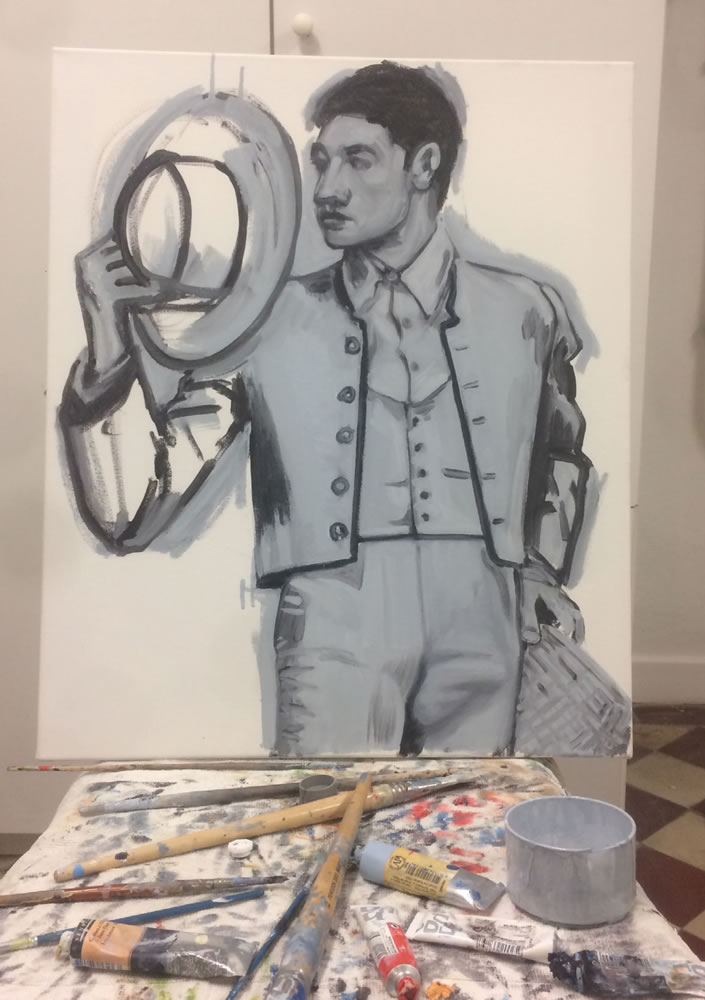
RADIEUSE, capitolo 98
with
Cristian CHIRONI, Chiara COLOMBI, Alessandro DI PIETRO, Roberta GIGANTE, Francesca GRILLI, Elena MAZZI & Rosario SORBELLO, Diego Miguel MIRABELLA, VOID
commissariat : Emmanuel Lambion (Bn PROJECTS)
organisation et production : RosAnna Musumeci - Arte Contemporanea, It-Be asbl

For this exhibition, especially conceived for the spaces of the Brussels Istituto Italiano di Cultura, and the second one of a cycle starting in the Fall 2017, we invited nine Italians and one Belgian artists to confront themselves, or their practices, around a mediated and polysemic apprehension of the concept encapsulated by the title.
Whilst one could indeed immediately think of Radieuse as a reference to Le Corbusier’s opus, the concept should not be literally read, or interpreted as an indirect reference to the spirit of our times. Instead, it should be best and more fundamentally apprehended in its etymological derivation, from the Latin radius, i.e. the geometric ray. A word, then, implicitly alluding both to the idea of irradiation and to that of a link between a centre and its periphery, or, conversely, from the periphery to the centre, in a dynamics of exchanges and encounters, of alternating to-and-fros, addressing concepts of space, otherness, diversity, in a porosity of distinctive approaches, practices, idioms and/or disciplines.
The project’s centrifugal irradiation starts with its communication, through works which are not shown as such in the exhibition : For instance, in the visual chosen for the invitation card, a picture whose subject and atmosphere evoke the atelier’s warmth. This photograph shows indeed a greyish portrait, the pictorial essay of a conceptual artist acting in a deliberately anonymous and confidential way.
Add then there is the use for this press release of the Dervona font, syncretised from the most commonly used ones (Tahoma, Verdana, Helvetica, Arial) by the French Marc Buchy (www.marcbuchy.com).
But this irradiation is of course mainly expressed by the purposeful eclecticism of the selection of artists and works, whose confrontations operate at turns through correspondences or dissonances, and are further enhanced by the show’s spatial articulation, whether it be in the main exhibition hall and or in the suggested parcours through different spaces of the Istituto (its theatre, library, employees’ workplaces...).
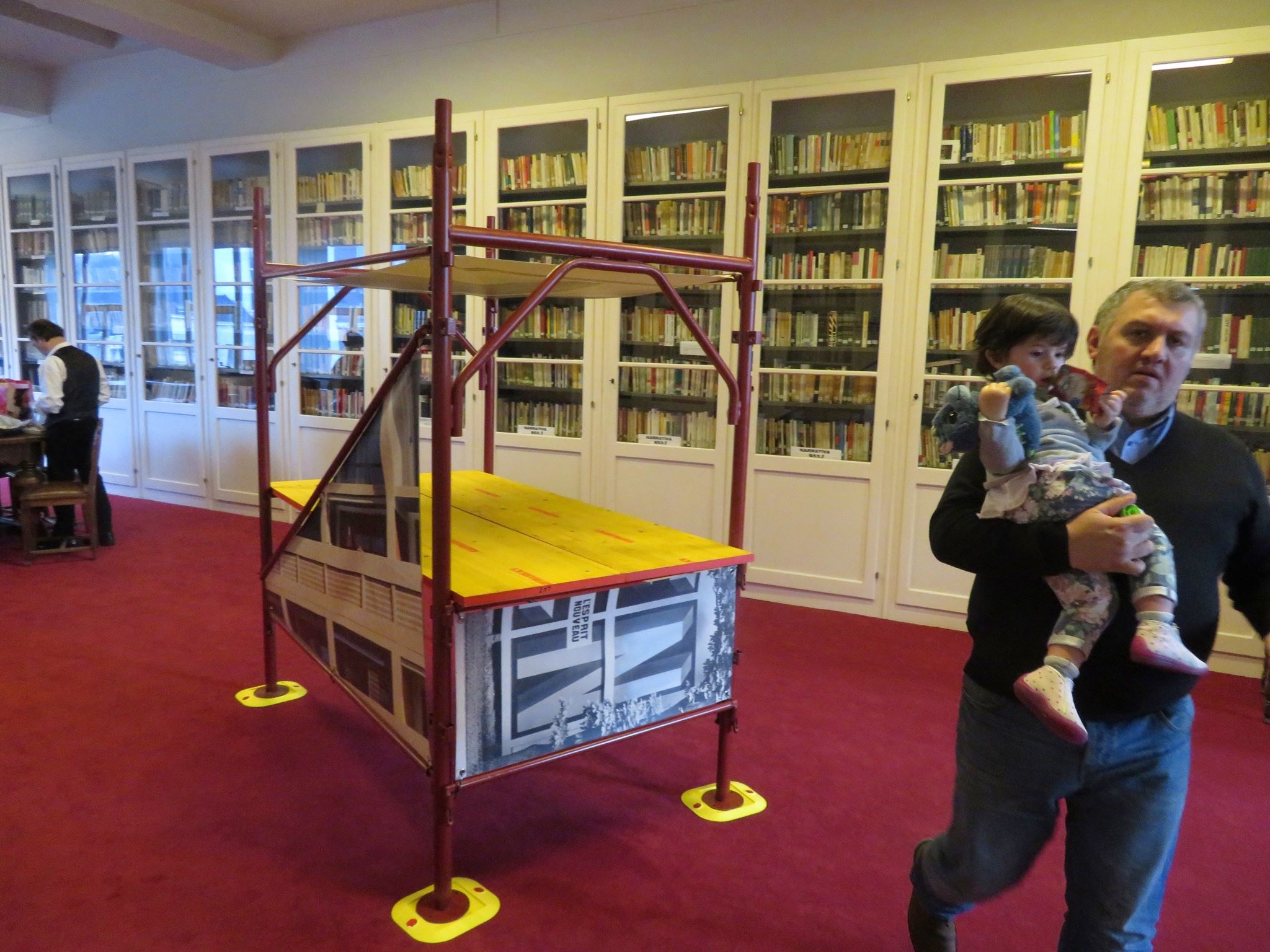
A crucial and paradoxical momentum of the exhibition is brought about by the Sardinian Cristian Chironi, who in his work apprehends all sorts of "spaces of language" (whether they be idiomatic, cultural or architectural) as heterotopias, which he appropriates in a subjective fashion.
This is clearly the case of the works shown here, coming from the evolving and in fieri project My House is a Le Corbusier, started at the Pavillon de l’Esprit Nouveau in Bologna, 2015. Conceived as a creative residence, nomadic and itinerant, as well as a conceptual, formal and curatorial research, the project aims at involving and inhabiting all the surviving buildings signed by the famous architect (more or less thirty in a dozen of countries), a venture supported by reflections on the appropriation, translation and transformation of our cultural referents.
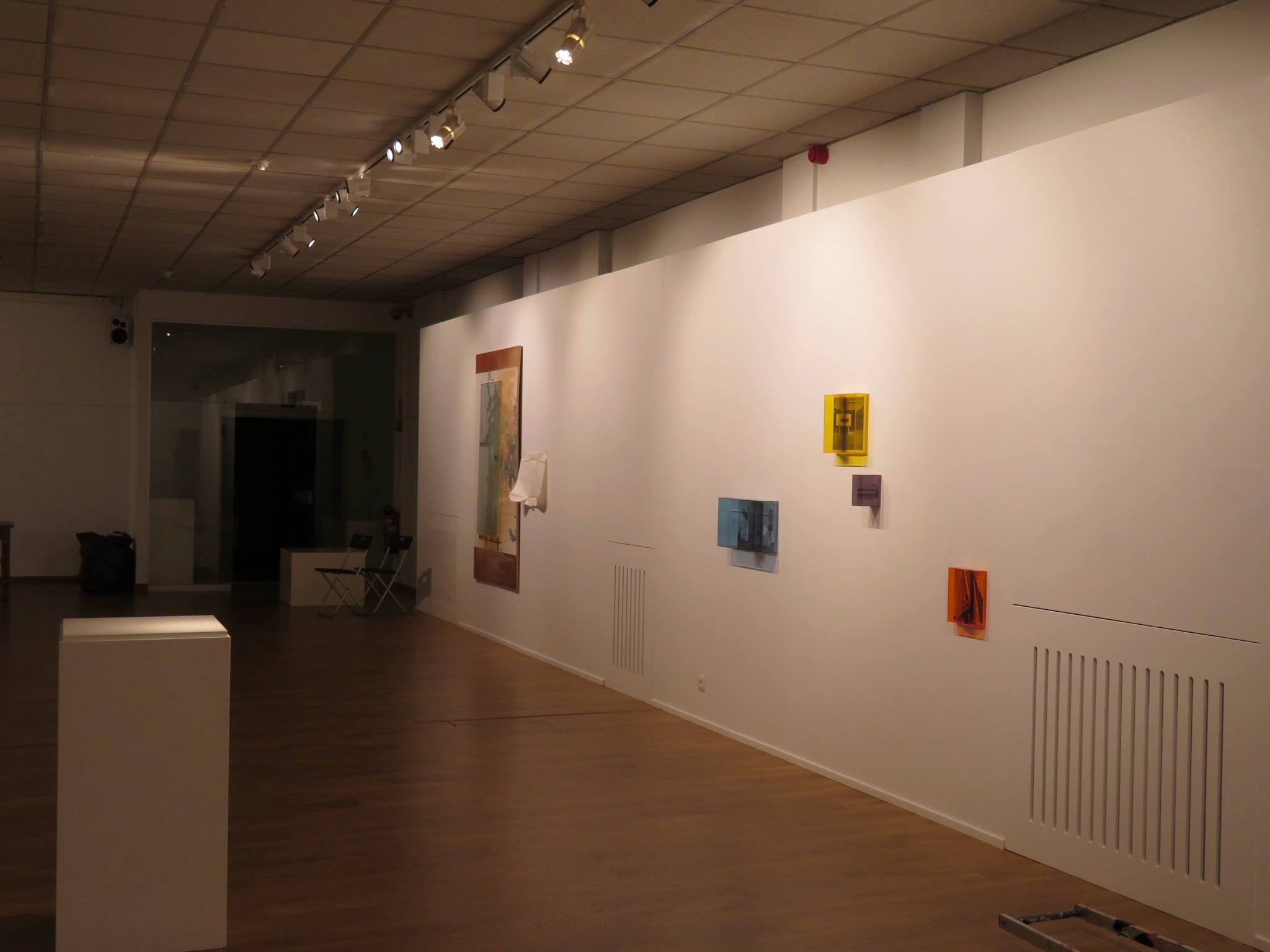
The sensorial worth versus the plastic materialization, the very subversion of the abstract concepts of emptiness, interstice, the invisible, or memory, as well as their sonorous equivalents like silence or pauses, lie at the core of the research of carried out by VOID, the Italian-Belgian collective created in 2013 by Mauro Vitturini and Arnaud Eeckhout. VOID’s practice often revolves around the questioning of the conventional paradigms on which our perception and our understanding of reality rest.
Their proposed work, Silences, is a piano score collecting a number of toponymy points taken from Googlemap and related to silence. The ensemble forms a constellation that, once spread over the score, engenders a sui generis musical text, of a somewhat paradoxical nature. The score will be activated and interpreted by Andrea Tonero, and the performance - a première - will take place during the opening at 20:00.
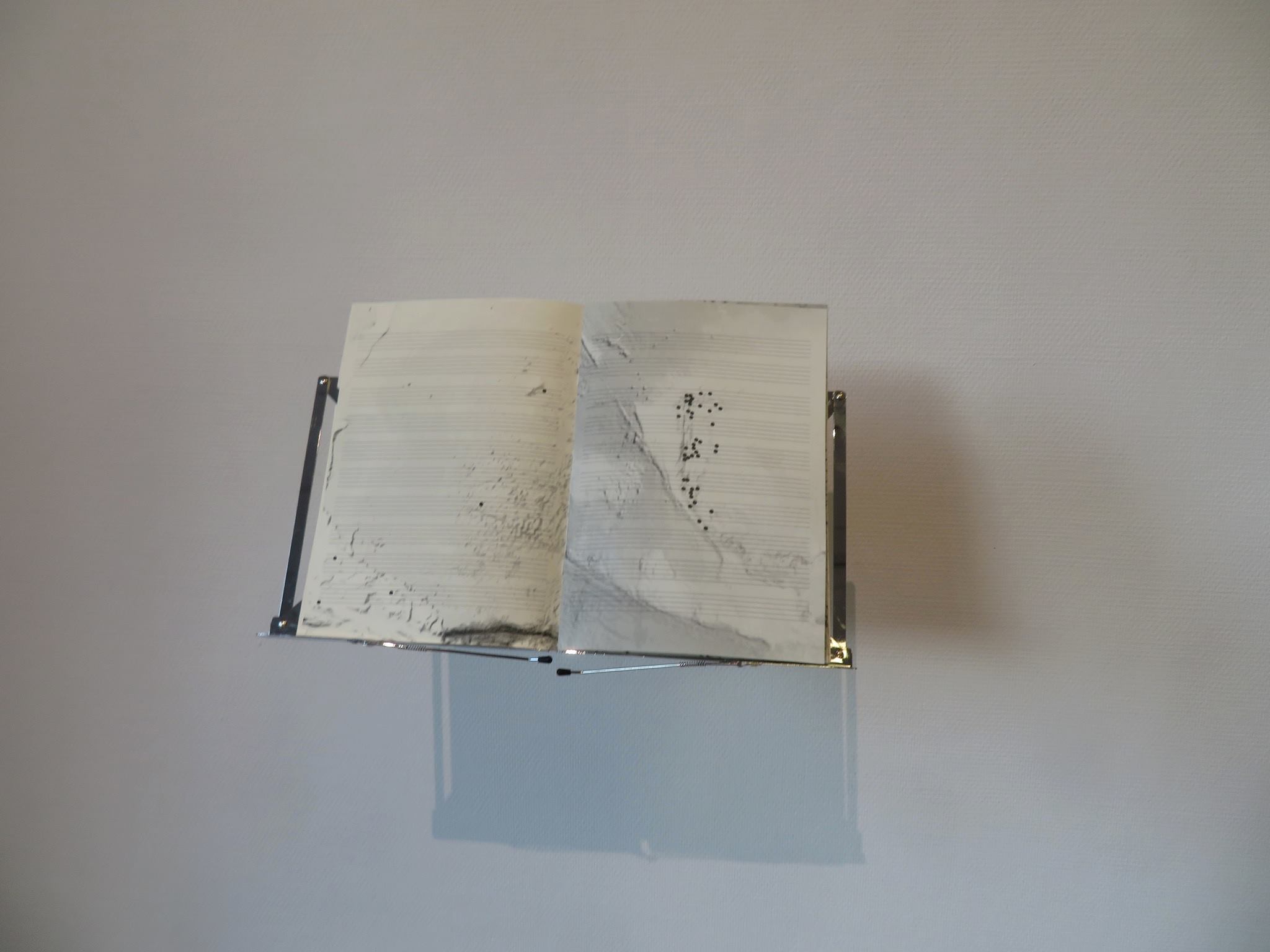
An intellectual, as well as physical, experience is offered by Chiara Colombi, a young Italian artist coming from the Master on Urban Space at La Cambre. The usual and problematic concern of Colombi’s installations or projects is the interaction between the individual’s body and urban space, structured by key ideas of link and contact, with a recurrent reference to the concept of warmth, in either a metaphoric or literal meaning. In the case in point, visitors are invited to go across the exhibition while carrying, in whatever way they deem appropriate, one of the 17 modular P-ODS units strategically placed at the opposite ends of the Istituto’s spaces. These hybrid modules are stylized versions of letters from the French word <
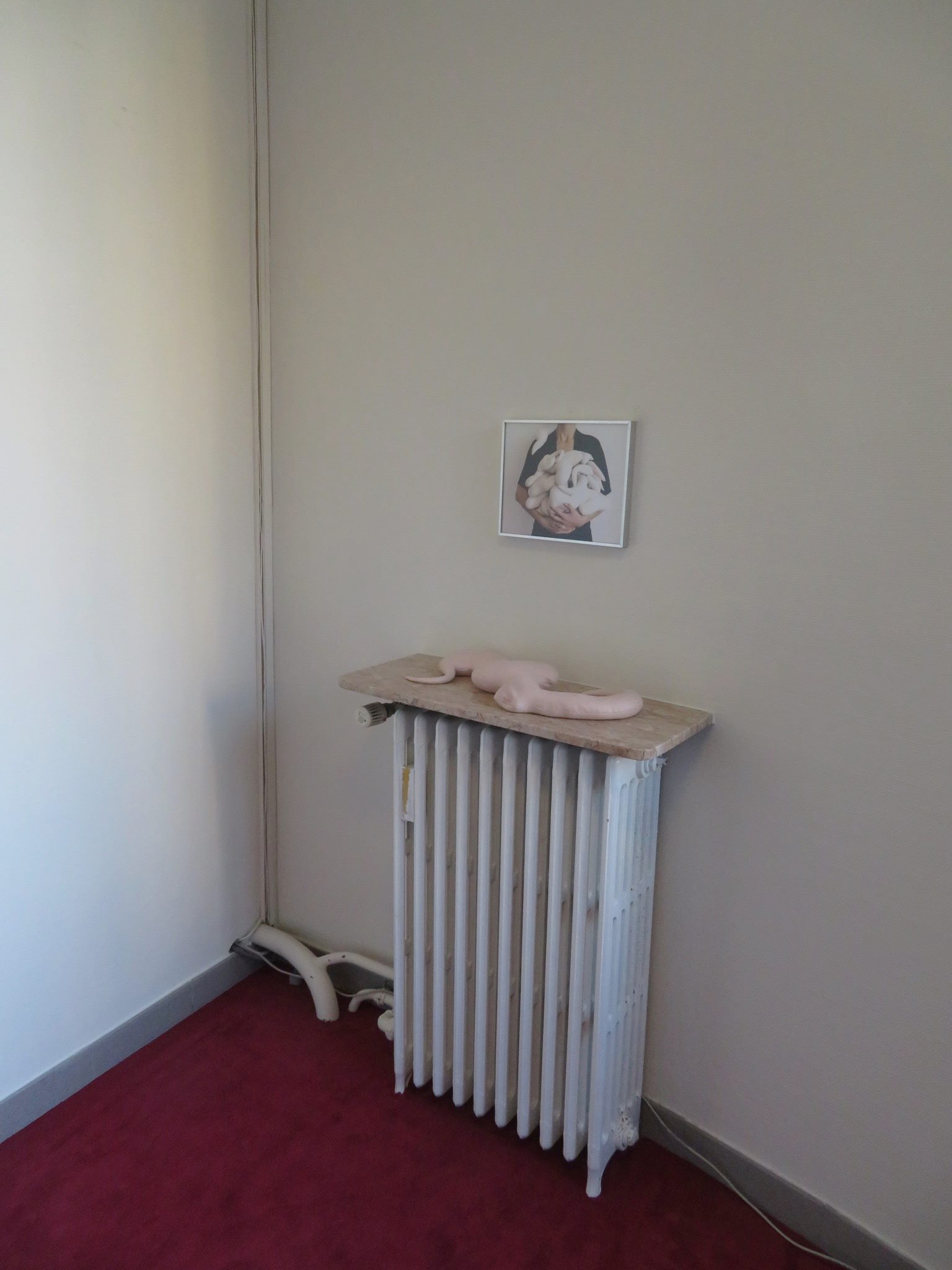
The poetic and socially committed work of Elena Mazzi mostly deals with an anthropological exploration of the complex and variable relationships between man and his surrounding natural and cultural environment. Issues and concepts of porosity, exchange, migration processes are crucial to her work. This was namely the case with the research she carried out last year (in collaboration with Enrica Camporesi) - during a residency with Arte Contemporanea - on the arduous integration parcours of new migrants. This research will cristallise in a performative restitution, Performing the Self - The Interview, which will be premiered next Fall at the Vooruit in Gent.
The work we present here, En Route to the South, is a project in the making, realized in cooperation with the artist Rosario Sorbello. It focusses on the positive experience of nomadic apiculture (organised by man so as to improve beehive productivity), relating it with the favorable economic returns brought about by the present migration fluxes : In this ongoing series, cartographies of several European cities (sub specie 4 of these : Marseille, Madrid, Vienna and Hamburg) most advantaged by the new migration routes are printed on waxed bees hurdles.
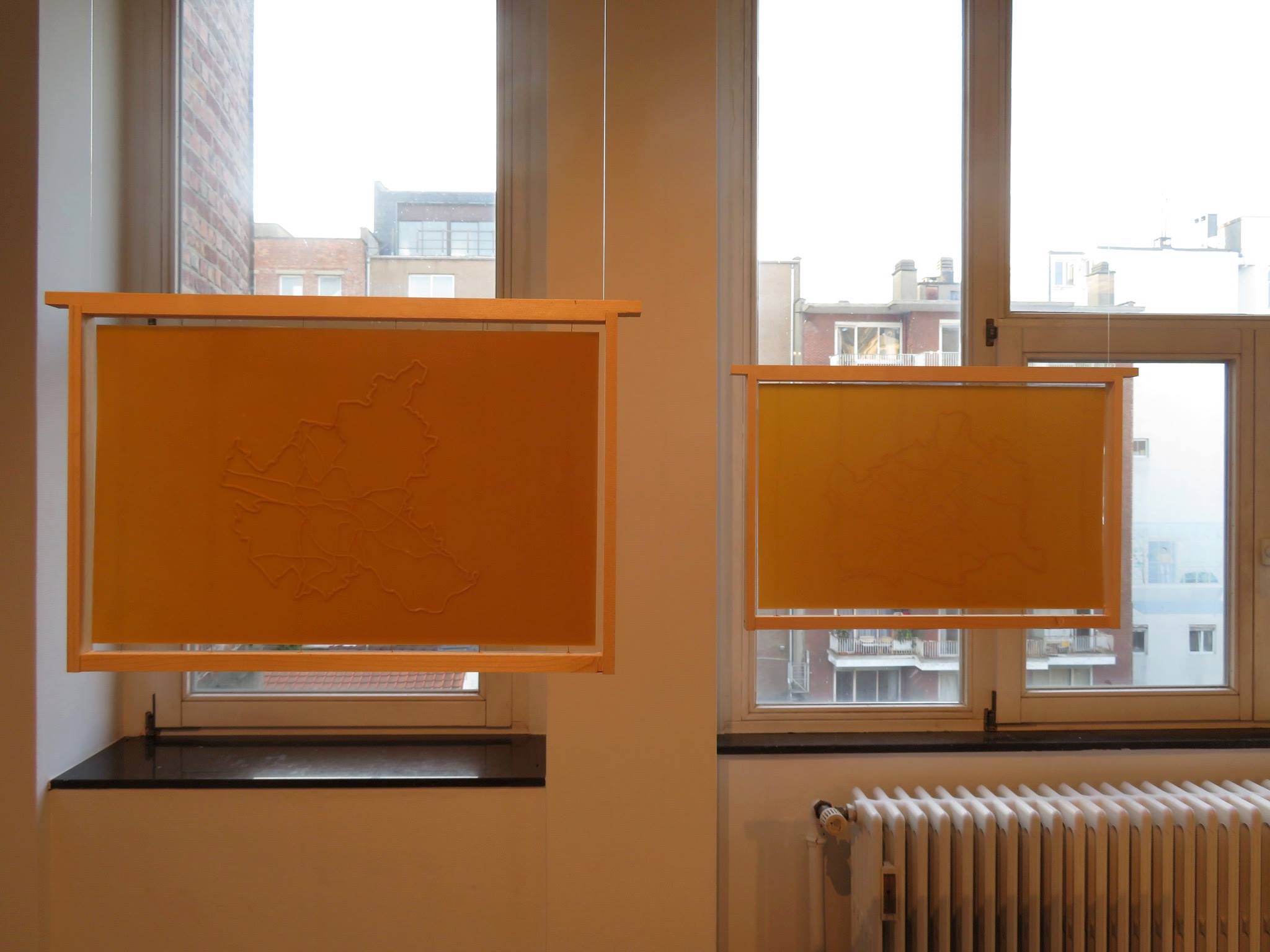
The invisible, the mysterious, the unspeakable, are the core of Francesca Grilli’s installations, performances and films. Her research is about signs, languages, or codes, translated, indeed diverted, from their initial context, and whose unveiling sometimes steps in once the medium or the interpreters have exhausted their resources. These furtive, at times magic, transmissions, and the re-emerging of forgotten or hidden voices and sounds, often take place via an intergenerational transfer.
Thus, the video Faster than Light shows the meeting between an old bolognese pianist, a guest of the Rest House Lyda Borelli for Dramatic Artists, and a young man invited to learn some rudiments of chiromancy. The first man’s hands, moving over the piano, show through their backs the marks of time and are strikingly at odds with the life line on the palm of the younger interlocutor.
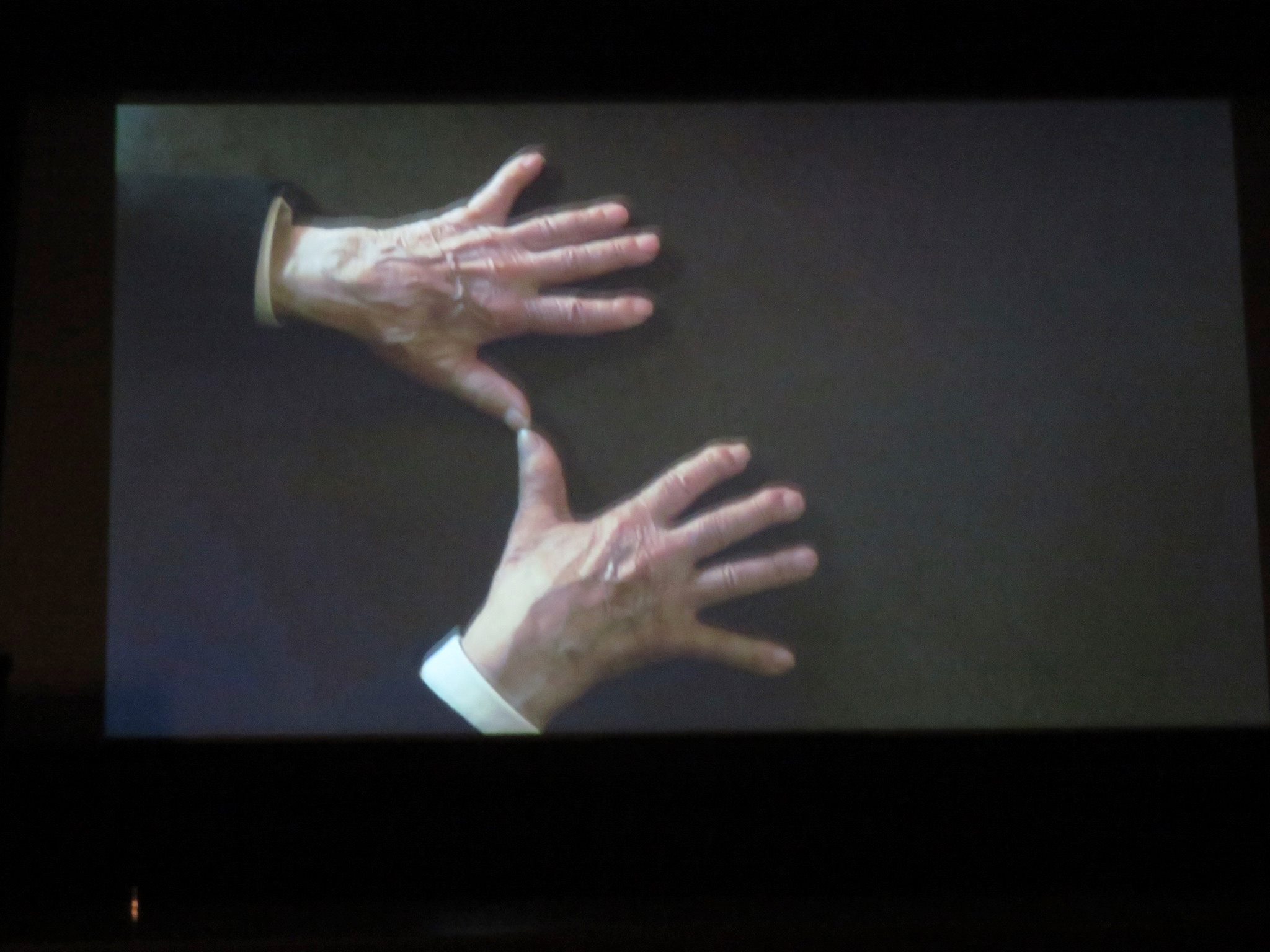
In Ring Ring Ring, a simple brass ring, the gold of poor people, which was also the material of the musical instruments which most twentieth century migrants carried along with themselves, is the result of an investigation which Grilli’s developed with 2nd, 3rd generation scions of migrants from the Italian community in Williamsburg, NYC. Observing that they often gathered and kept the sense of community engaging collectively in manual activities, she asked them to wear the wax cast of a family ring while they were performing their humble artisanal labour. The ring is therefore shaped by the movements of their hands, as a witness and reflection of these activities, as well as of the sense of community which they seal, beyond their own individual identities.

The work by the Sicilian-Peruvian, and, most recently, Brussels-based Diego Miguel Mirabella strikes through its liminal and singular position between pictorial practice and sculptural gesture. Be them pictorial proposals with a sculptural allure, or, vice versa, sculptural installations carrying within themselves a sort of enshrined painterly character, the artist’s "doing" invariably originates from, and ends with, a sensible and poetic thought or word, spelled out by inclusive, open titles.
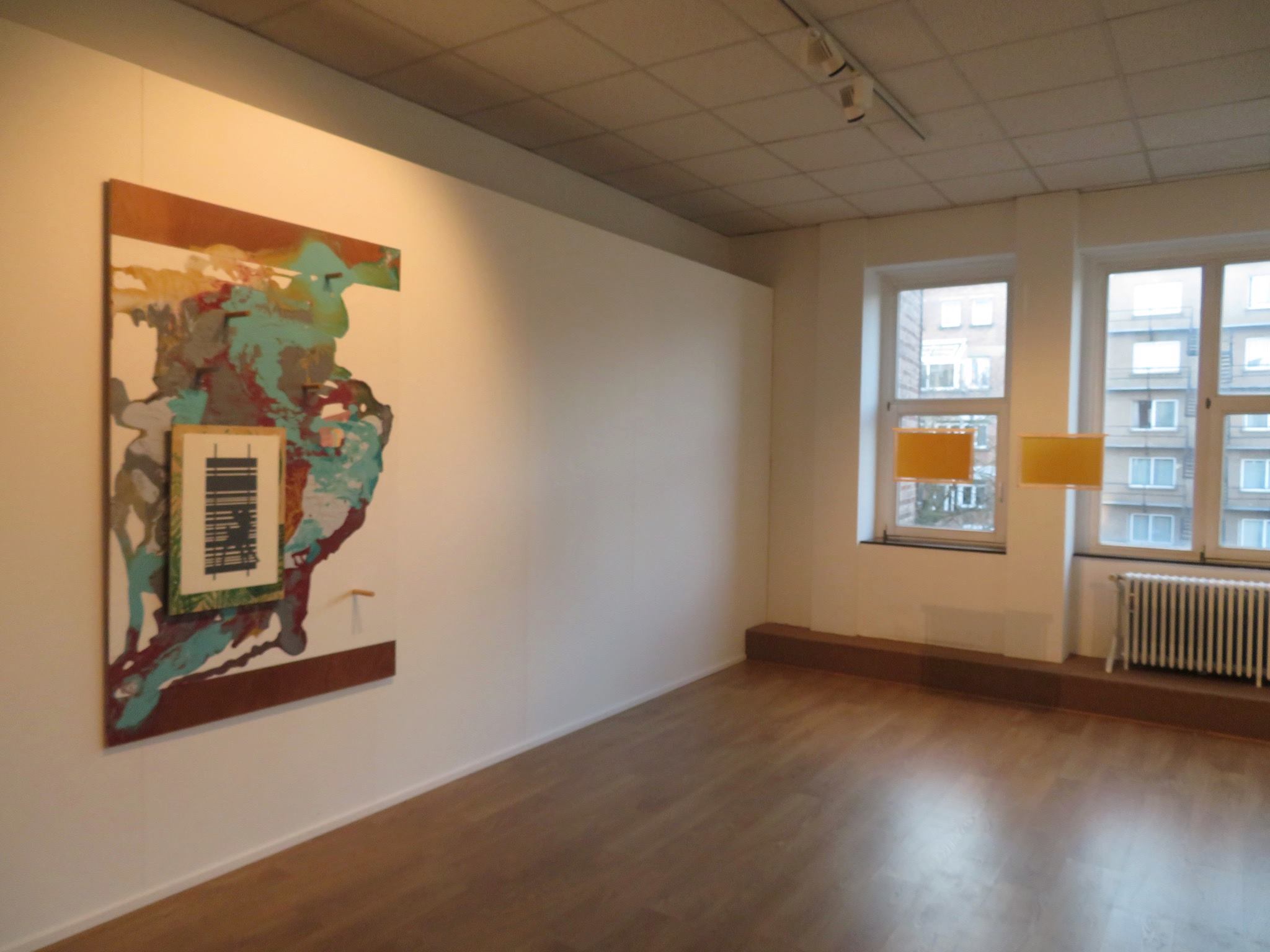
Alessandro Di Pietro (from Milan, though of Sicilian origin) embraces definitely colder aesthetics. Dialectically oriented, his approach is structured by the simultaneous attraction to the monstrous element, the deformation, the alteration and, on the other hand, by a strong inner need for framing, re-arranging, imposing a rule to the very same elements. In this perspective, the artist plays with creative protocols, oscillating between destructuration (indeed, destruction) and reconstruction. Thus, in 2013 he realized his own version of the Dokumenta guidebook by assembling fragments of images of some of the exposed works, shot with a portable scanner.
In Radieuse, capitolo 98, Di Pietro’s works come from the ensemble Downgrade Vampire, shown at FutureDome 2016, in Milan. They evoke and generate a structural and semantic ambivalence as to the concepts of light and energy, either smothered or reflected.
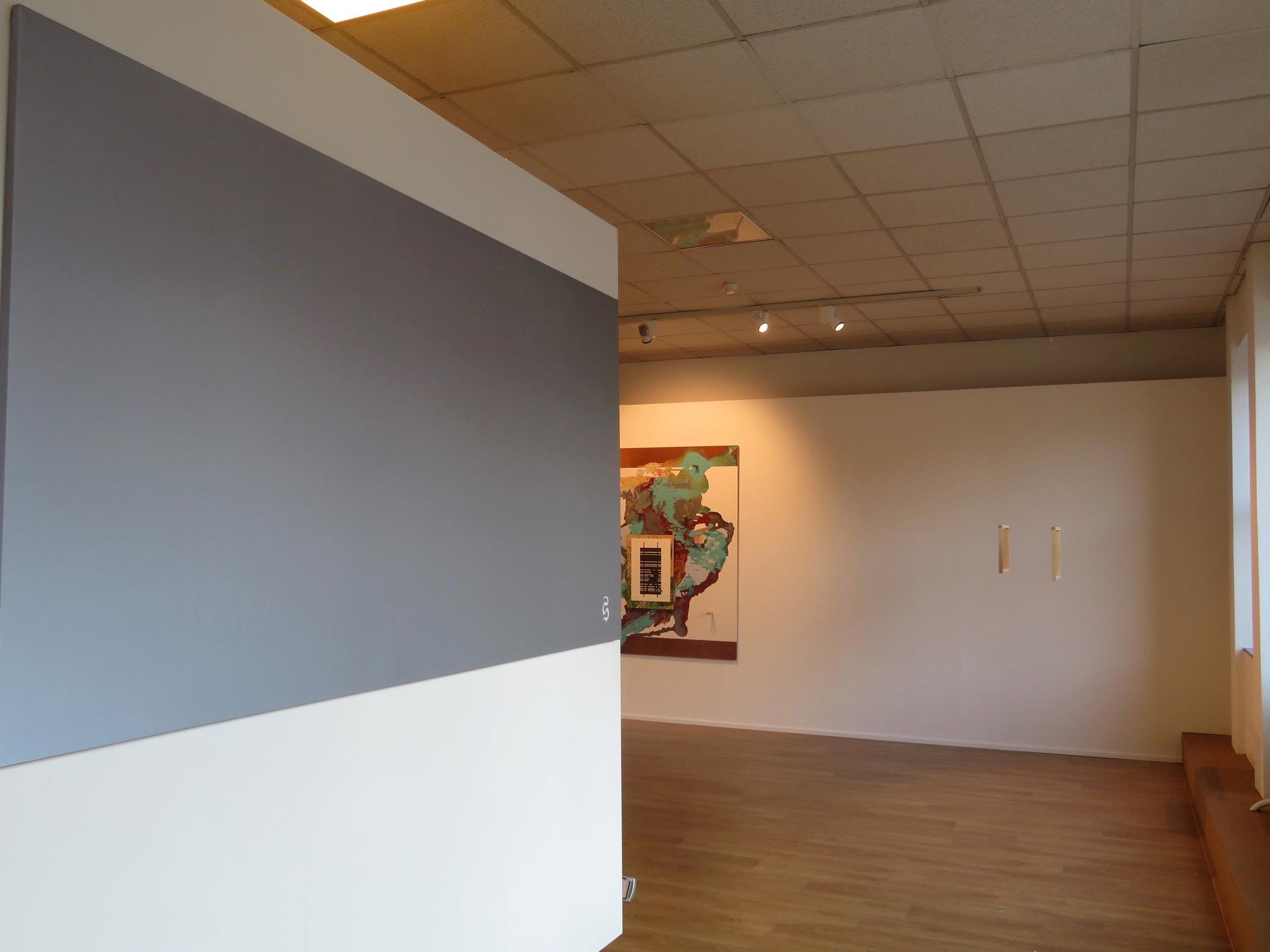
Last but not least, Roberta Gigante’s proposal. Her research usually focusses on sound and the public space. She often explores it through an investigation of its ambiguities and interstitial areas, with all the resistances and social diversities which these can preserve. Quite at odds, however, the works shown here : a production of peculiar ceramics, in fact scamorza cheese, whose very shapes and typology, whilst also bringing about a critical reflection on the industrial reproduction of artisanal products, highlight, in a somewhat ironical way, a very crucial spot of that crossroads of exchanges and cultural transmissions that is an exhibition : the buffet !
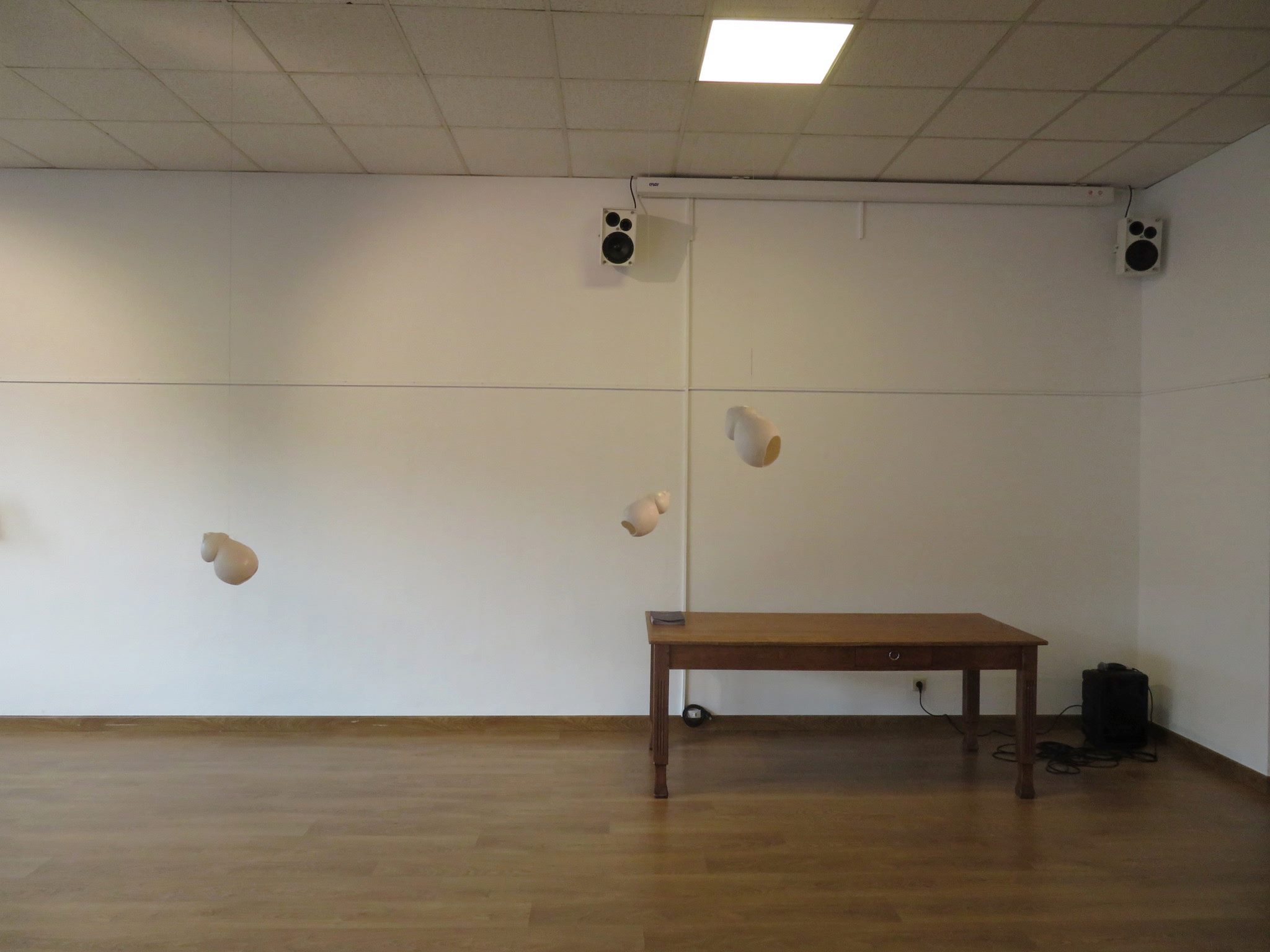
Istituto Italiano di Cultura, Rue de Livourne 38, B- 1000 Bruxelles
Tel : +32 2 533 27 20, e-mail : iicbruxelles@esteri.it
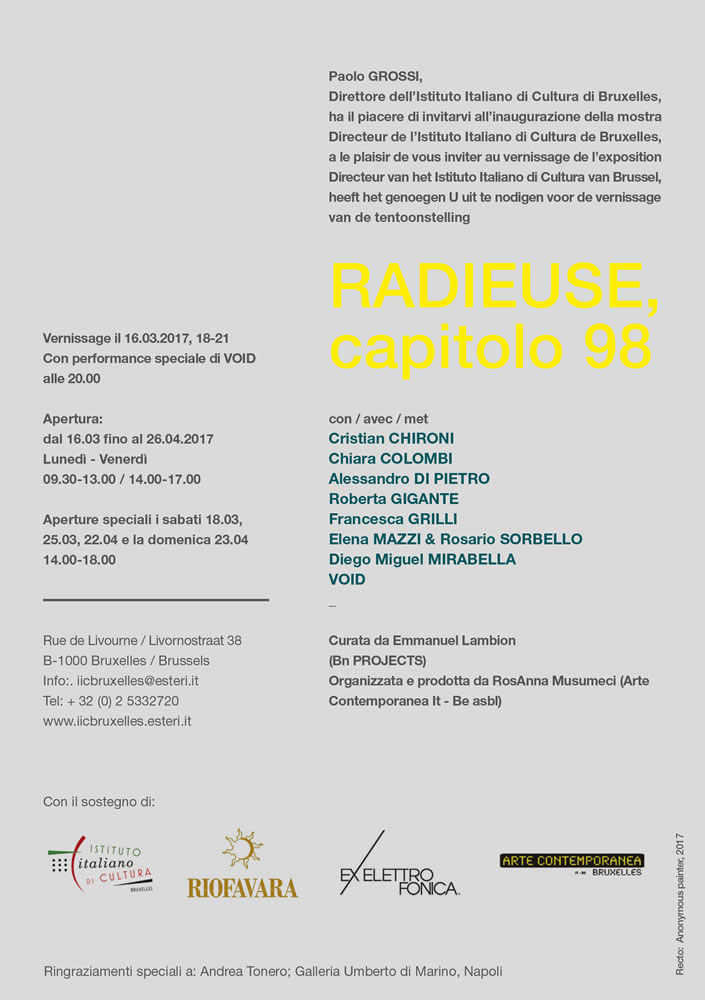
Opening on 16.03.2017, 6-9 p.m., with a special performance by Andrea Tonero / VOID at 8 p.m.
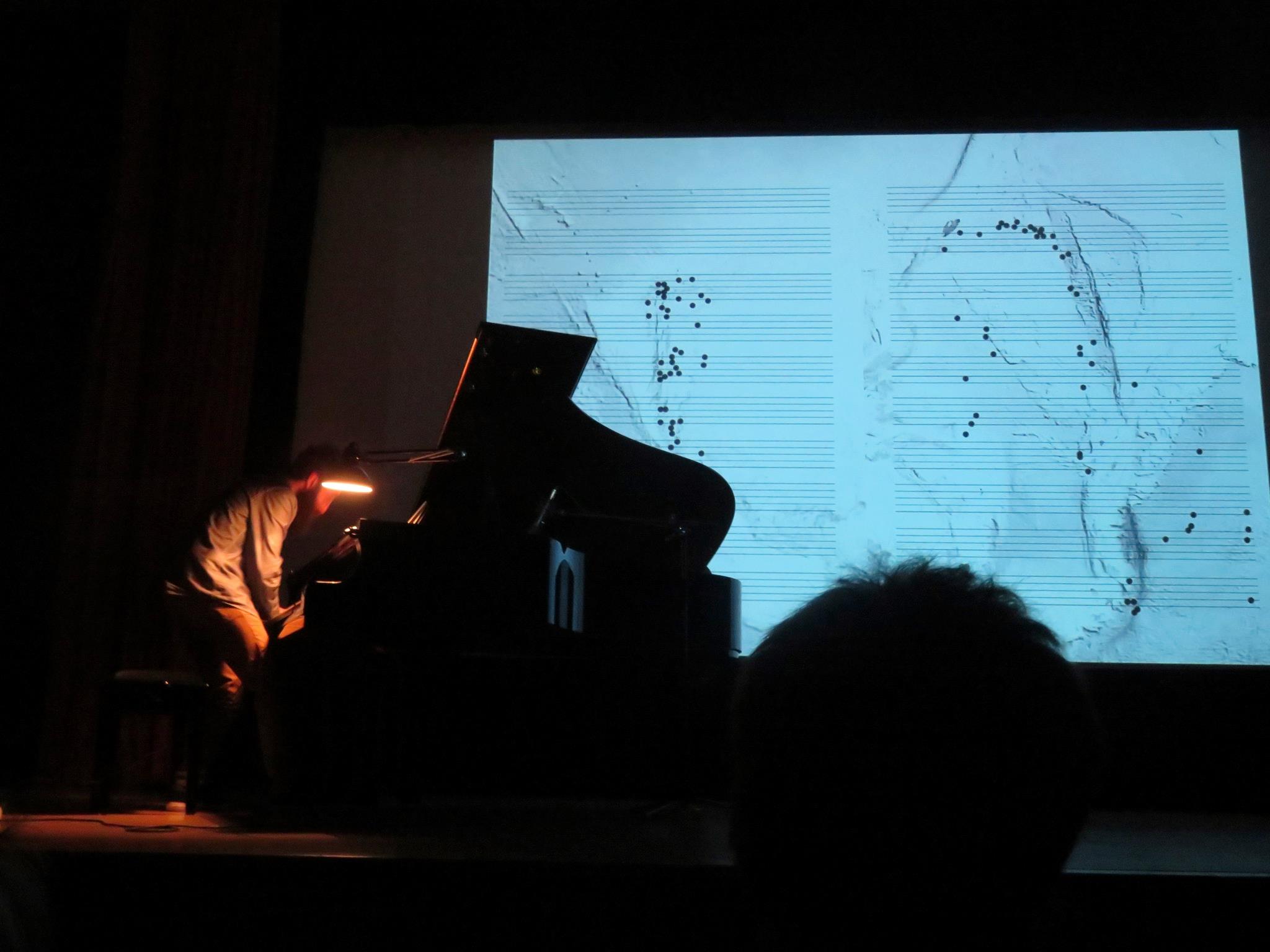
Exhibition open from 16.03 until 26.04.2017, Monday to Friday, 9 30 a.m. to 1 p.m. & from 2 p.m. to 5 p.m.
Special opening on Saturdays 18.03, 25.03, 22.04 and on Sunday 23.04, from 2 p.m. to 6 p. m.
Guided tours by appointment on Tuesdays 21.03, 28.03, 4.04, 11.04 & 18.04, from 12 p.m. until 3 p.m.
Thursdays 23.03, 30.03, 6.04, 13.04 & 20.04 from 10 a.m. until 1 p.m.
Contact : RosAnna Musumeci - Tel : + 32 496 67 33 16, e-mail : musumecicontemporary@gmail.com
Special thanks to :
Andrea Tonero, Galleria Umberto di Marino, Napoli